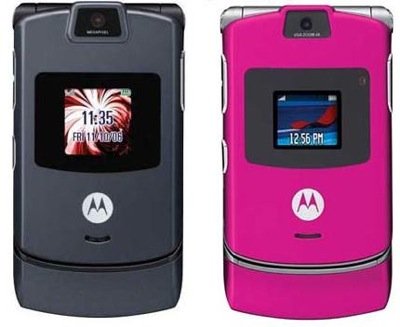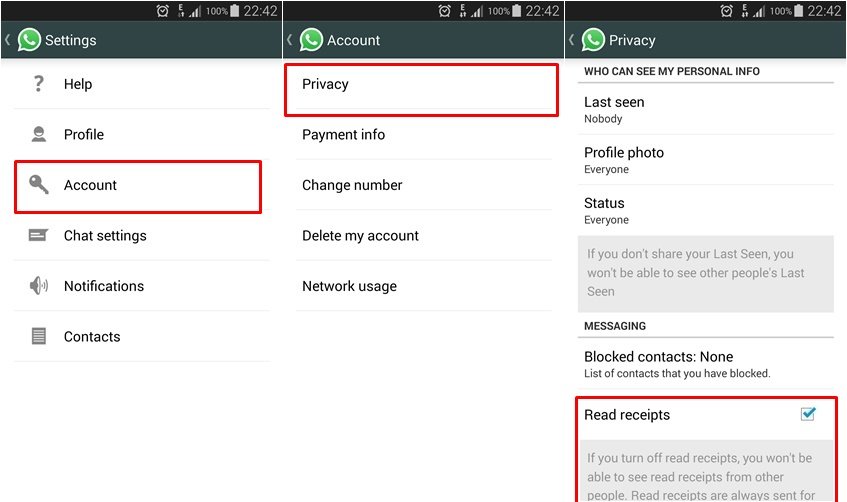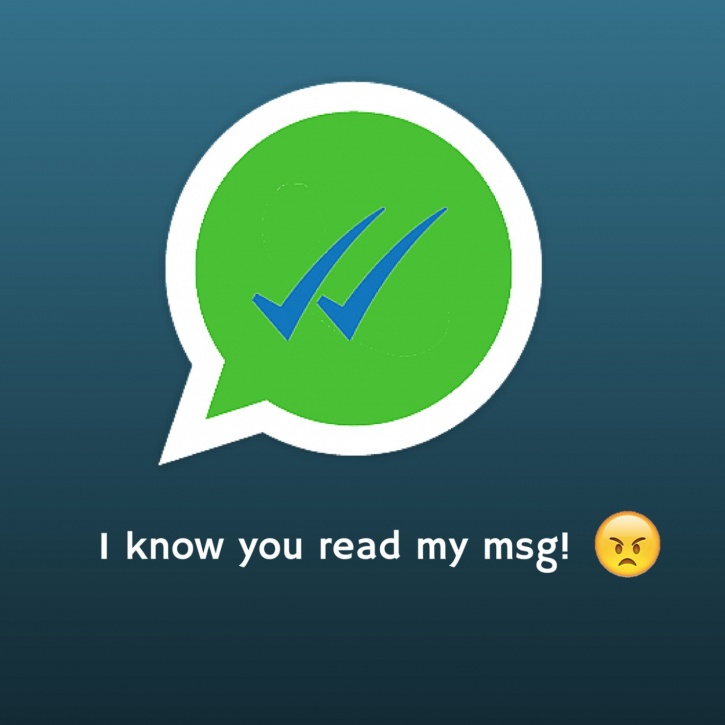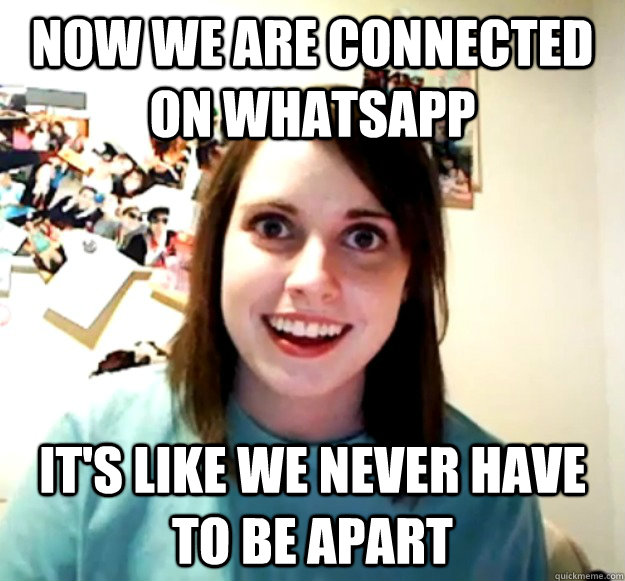What’s up with WhatsApp is what’s bringing me down about it.
This year marks the 6th year since WhatsApp was launched, and every year, its features keep getting better. They recently announced new goodies that will be found in a coming update — in a nutshell, they are: the ability to mark a message as unread, custom notifications, muting individual contacts, lower data consumption calls, and Google Drive backup.

These are certainly attractive, but as the WhatsApp interface grows more complex and polished, I can’t help but reminisce my days sans WhatsApp; days of simpler times when communication over mobile was but a privilege and not a necessity.
As an early nineties kid whose life spanned the eras of both pre and post-instant messaging popularity, I think myself sufficiently poised to divulge trinkets of personal discoveries about mobile technology.

The days before WhatsApp saw us compete in fastest fingers first SMS edition, on our Nokias and Motorola Razrs. MSN Messenger was the place to be after school, and toggling between online and offline status became the then modern-day tactic for catching your crush’s attention.
And then WhatsApp came along, ingeniously merging the mobility of SMS and the instantaneity of web instant messaging clients. While that in itself was enough to helm a new era of communication, I think the true showstopper is what is in WhatsApp, and not what is WhatsApp. And what is in it, as much a curse, is also a gift.

Plainly termed as ‘last seen’, ‘blue ticks’ and ‘privacy setting’, these damning features are endowed with the faculty for emotional turmoil. Not to be melodramatic, but my emotional capacity and tendencies have shifted since the tiny and innocent-looking green icon weaved its way into my essential everyday conversations.
But I think it is this precise ability to rattle human emotion that gives this 19 billion-dollar buyout application its glory factor. How exactly? I attempt to break it down.
Ignorance isn’t bliss

SMS doesn’t have double ticks for indication, or a last seen timing that could give you the faintest hint of your receiver’s level of awareness. WhatsApp on the other hand, sells out a ‘textee’, diligently reporting last-read timings like a pseudo private investigator.
It has become an unfortunate habit of our generation to check WhatsApp every other minute to scrutinise ticks and timings, and I reckon that is what has us partially hooked on the app. These days, technology holds dominion over our feelings, actions, and reactions. A double blue tick with no reply could imply a gap in communication. A double blue tick with no reply could instigate an argument. A double blue tick with no reply could create concern.
The possibilities of what a double blue tick with no reply could mean are endless. And that is scary.
Face-to-Phone Communication
Since becoming a WhatsApp-er, I’ve taken an inclination to conversations over mobile than face-to-face communication. While this is an often-cited argument against new-age information and communication technologies, it remains only an argument at best.
The fact is WhatsApp represents a new kind of communication that mimics face-to-face interaction, yet cleverly plays down the latter’s face threatening nature. The instant feedback that simulates a real-life conversation and abundant emoticons allows users to display an ‘otherwise-side’.

So perhaps you are positively annoyed with your over-bearing mother-in-law. It could be both tough to hide your feelings and portray a decent, let alone pleasant side, were you to meet her in person. So you take to WhatsApp and litter every message with an emoticon — ‘showing face’ without showing face.
Granted, a conventional text message could do the same, but with instantaneous feedback comes a momentum for carrying on the split persona to a tee, making it easier to sustain a conversation over WhatsApp than it is in real life.
So see no evil…
…Hear no Evil

Imagine being part of a conversation where people just can’t stop talking — don’t you wish you could shut them up at times and listen to them again when you feel like it? WhatsApp’s mute function for group chats does just that without putting you through the awkwardness. And with the new update, you’ll be able to mute conversations with individual contacts as well.
As liberating a feature as it is, virtues of patience and sincerity don’t pervade a platform that lets you choose what you can or can’t hear. What does result is a convenient generation that mistakes being in a chat as being connected with the chat.

Certainly, WhatsApp and other mobile instant messaging clients have their merits, and without such innovations, we wouldn’t be able to communicate with such ease and freedom, and from one end of the world to another.
Yet as we confine a bulk of our interaction to a 1cm by 1 cm mobile application, let us choose to be aware and mindful of how technology is changing us, because ultimately, the reality of how we act in person may just become inseparable from how we act online.














